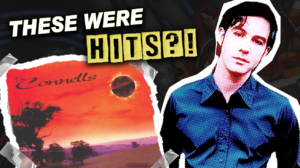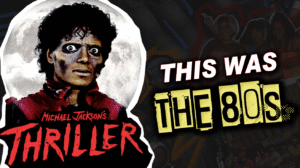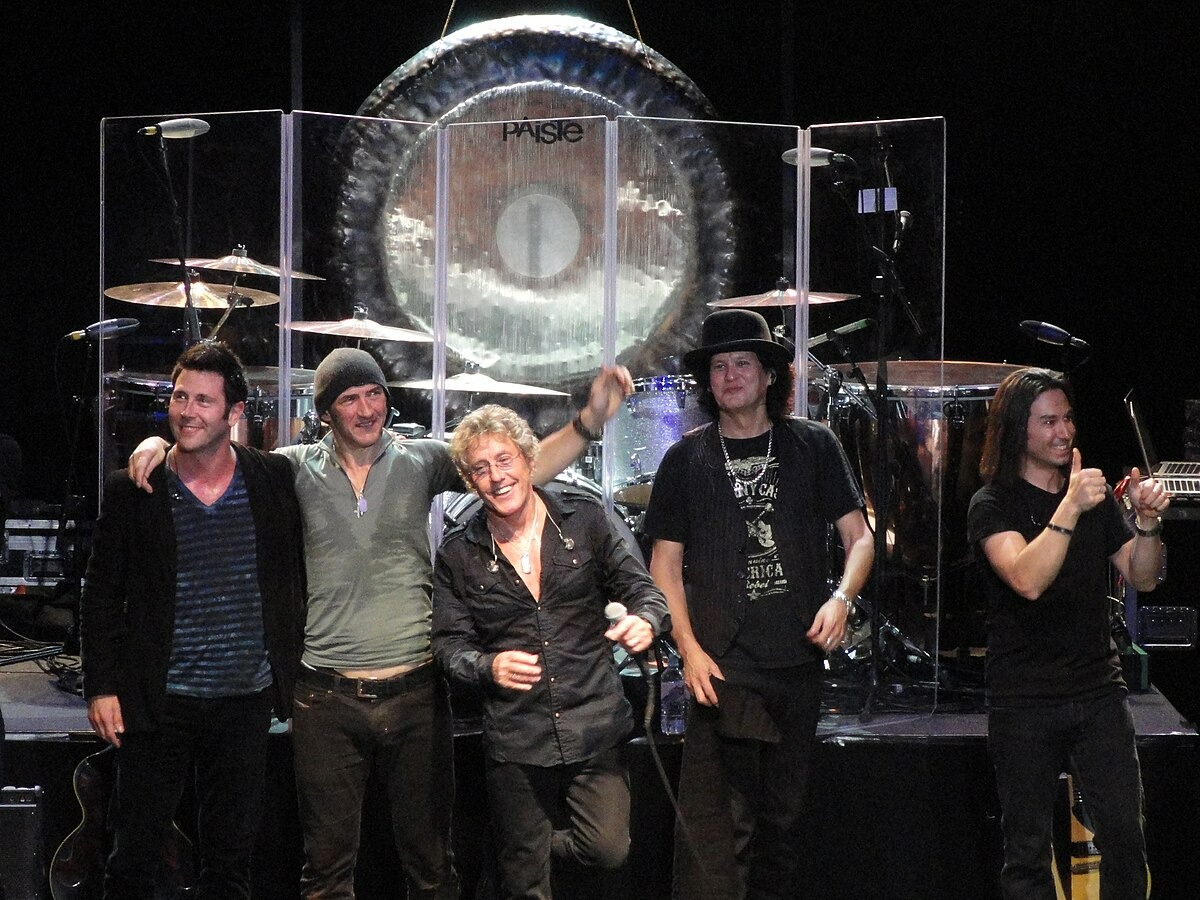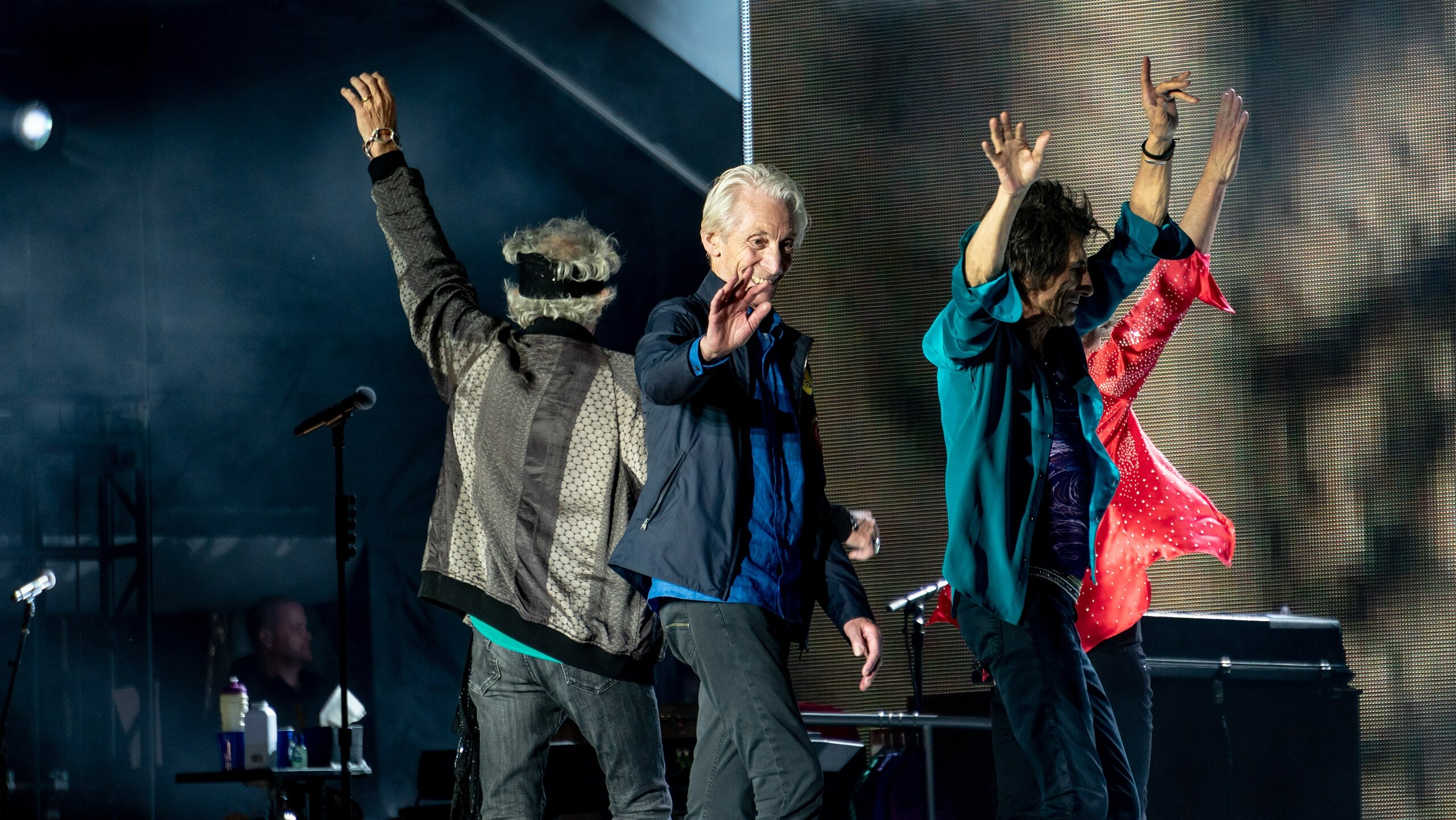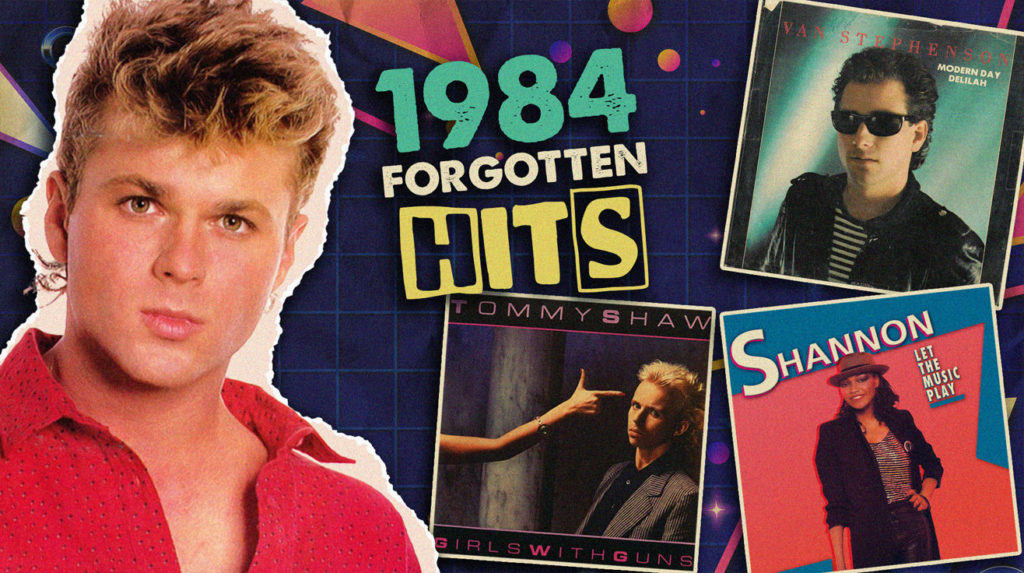
The one-hit wonder phenomenon represents cultural insurgency distilled to its purest form. These ephemeral chart victories occurred at the precise intersection of MTV’s visual revolution and Reagan-era commerce, creating ideal conditions for musical shooting stars rather than career longevity.
Their legacies endure far beyond their brief commercial moments.
15. Tommy Shaw – Girls With Guns
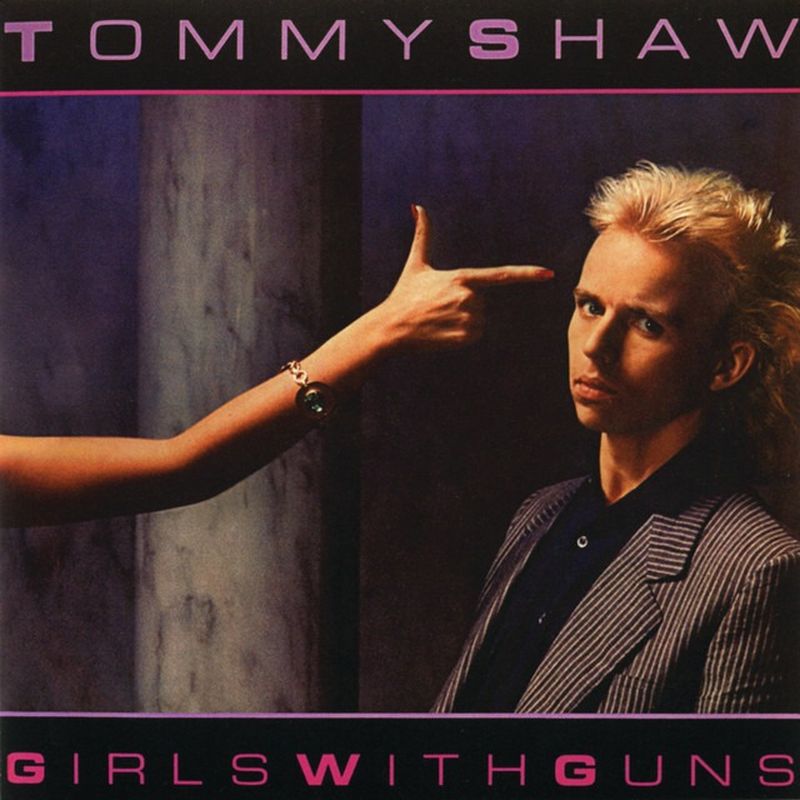
Arena rock veterans watched MTV change the rules mid-career, forcing evolution or extinction. Shaw’s solo excursion from Styx territory reached number six on the rock charts and number 33 on Billboard by combining guitar fundamentals with contemporary production values. The track’s television placement in “Miami Vice“ illustrates how 1980s music discovery increasingly happened through visual media rather than radio alone.
The production creates perfect synchronicity between traditional rock elements and newer synthesizer approaches, finding harmony between seemingly opposing forces. The energy captured in both song and video crystallizes a specific 1984 aesthetic that remains instantly recognizable—part traditional rock, part new wave, fully commercial.
MTV’s rise didn’t just change how music was heard—it also influenced fashion, home decor, and the entire feel of the era. Discover iconic 80s home features that made every living room stage-ready for the latest hit vide
14. Ollie & Jerry – Breakin’… There’s No Stopping Us
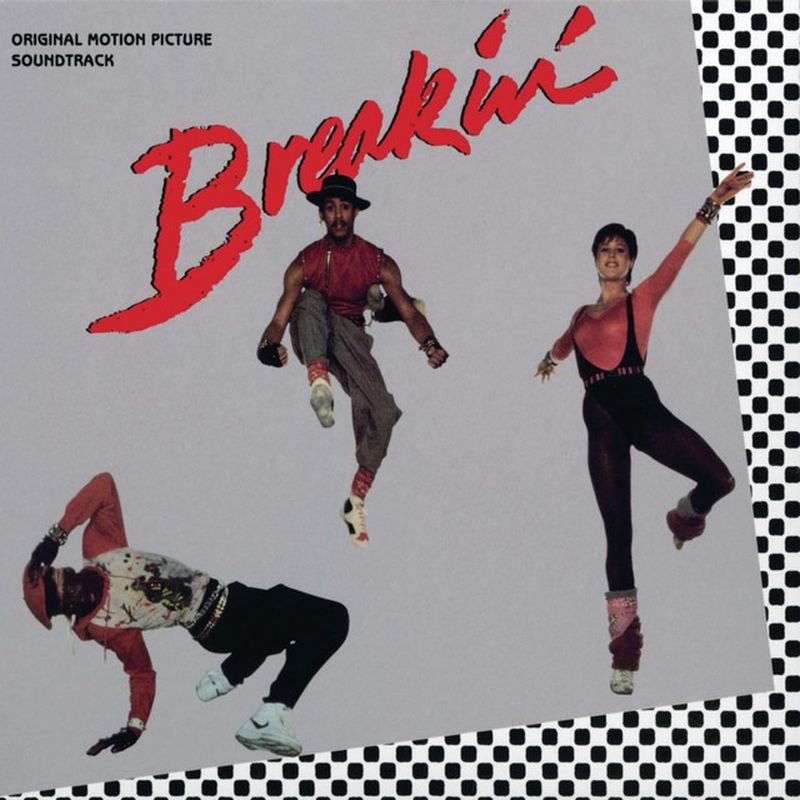
While cultural gatekeepers weren’t looking, Ollie Brown and Jerry Knight smuggled hip-hop culture into suburban bedrooms across America through this Trojan horse of funky electro-pop. Powered by the revolutionary Roland TR-808 drum machine (the same technological weapon that would later arm Public Enemy), this soundtrack single from the breakdancing film “Breakin’” represents the exact millisecond when street culture began its unstoppable corporate co-option.
The track shot to number nine on Billboard like a graffiti artist tagging a subway car—fast, unauthorized, and impossible to ignore. Its UK top five performance shows how hip-hop’s international language was developing simultaneous dialects across continents. Though the duo never charted again, they captured lightning in a boombox when electronic beats and breakdancing briefly ruled suburban imagination.
13. Shannon – Let the Music Play
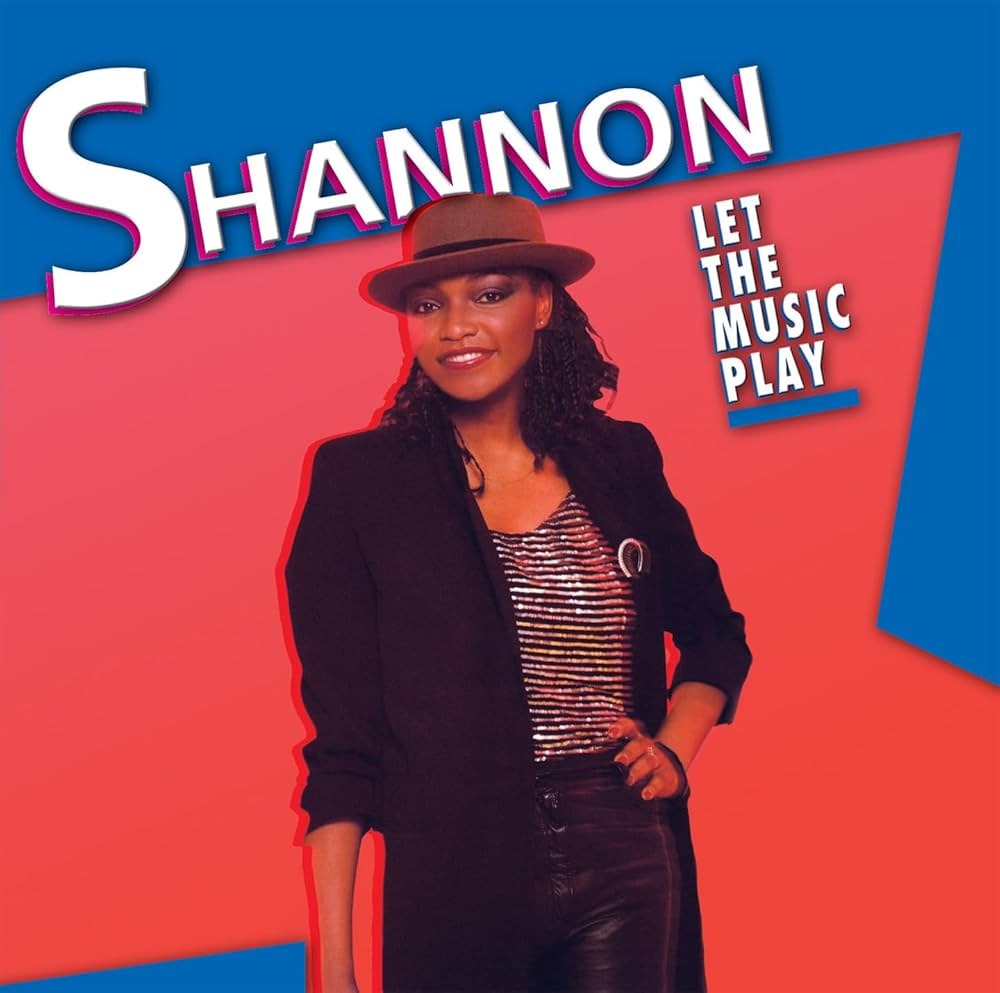
Producers Chris Barbosa and Mark Liggett didn’t just make a dance hit—they engineered a feminist revolution disguised as a dance floor banger. Working with budget-priced Roland TR-808 drum machines while major studios sniffed at electronic production, they built a sonic sandbox where vocalist Brenda Shannon Greene could demolish the boundaries between Latin freestyle, electro, and pop.
Like finding a secret door in a Rubik’s Cube, Shannon’s track revealed possibilities nobody knew existed. The synthesized basslines and innovative percussion patterns rewired dance music’s DNA while the mainstream wasn’t paying attention. Though Shannon never repeated this commercial breakthrough, her sonic blueprint became the architectural foundation for freestyle music’s emergence as a legitimate genre.
12. Autograph – Turn Up the Radio
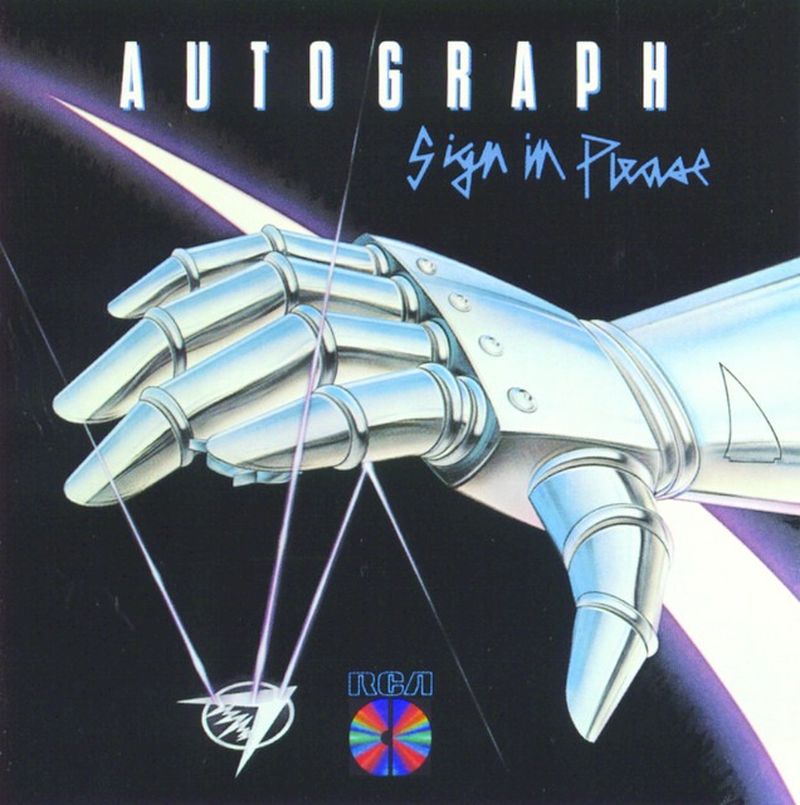
Record executives in 1984 couldn’t recognize revolution when it was screaming in their faces. Autograph’s anthem faced initial label skepticism before its irresistible chorus and strategic MTV rotation propelled it to number 29 on Billboard and helped their debut album “Sign In Please” achieve gold status. The original title, “Turn Up the Tape Machine,” reveals how rapidly technology was evolving—by the time the single dropped, consumer habits had already shifted enough to require a more radio-centric title.
The track serves as the musical equivalent of finding the last Blockbuster Video—a perfectly preserved artifact from when music discovery depended on radio programmers and MTV rotation. The video’s futuristic setting with cyborg elements predicted our current algorithm-driven musical landscape with accidental accuracy.
11. Ratt – Round and Round
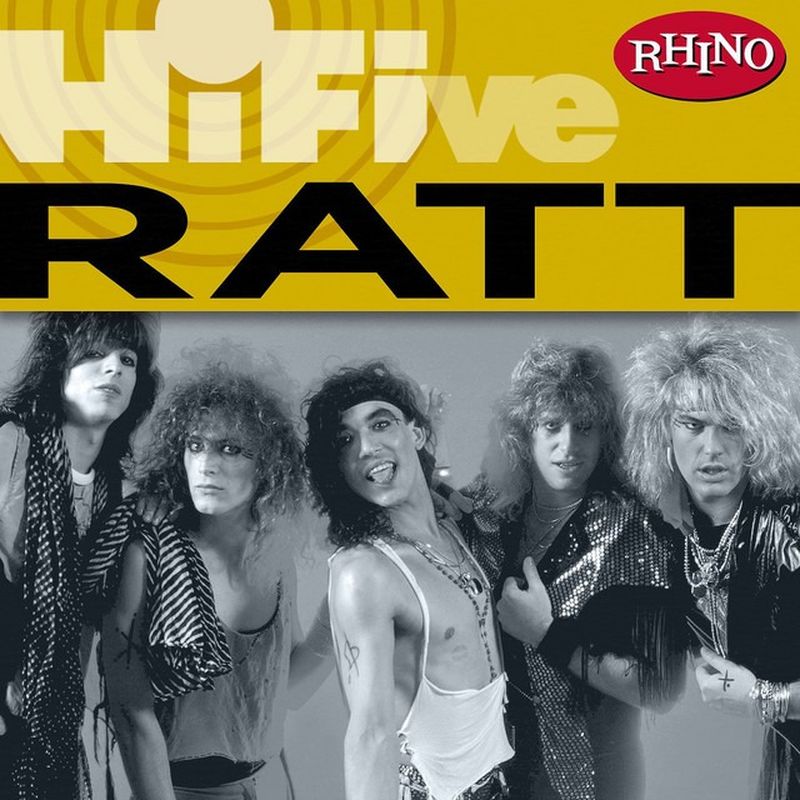
Glam metal’s cultural takeover reached its commercial apex with this perfect storm of guitar heroics and visual theater. The band’s collaboration with comedy legend Milton Berle (playing both male host and female guest in the video) created a crossover moment where hard rock briefly united disparate American audiences.
The production balances technically impressive musicianship with radio-friendly accessibility like a master chef who knows exactly how much spice mainstream palates can handle. The song’s inclusion on VH1’s greatest songs of the decade validates how effectively it captured 1984’s cultural specificity while remaining listenable decades later.
10. Tracy Ullman – They Don’t Know
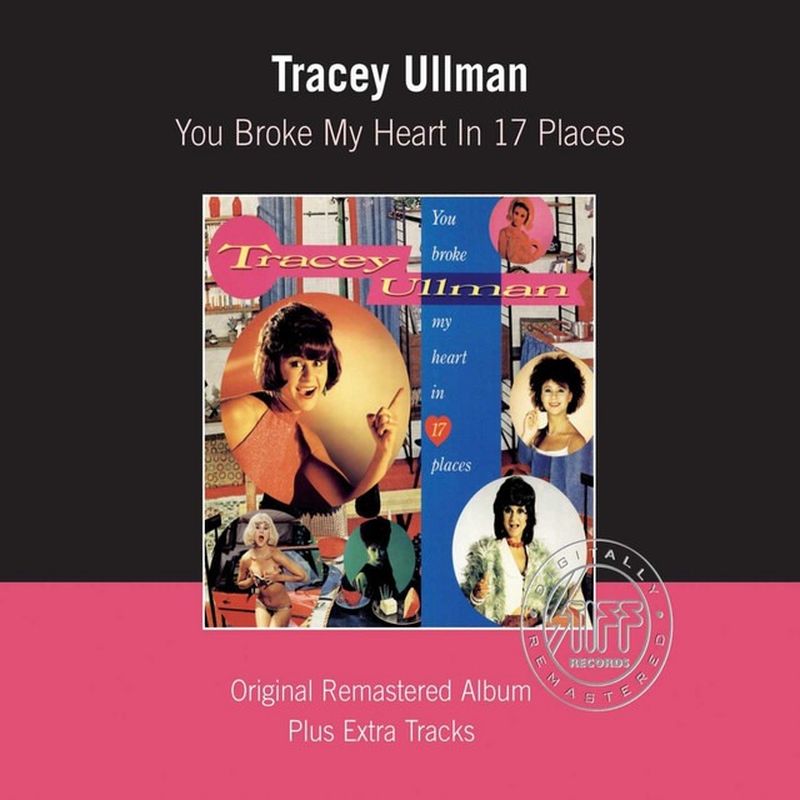
Before Netflix comedy specials and The Simpsons, Tracy Ullman wielded Kirsty MacColl’s overlooked gem like a stiletto hidden in a comedy routine. Her 1983 cover reached number two in the UK and number eight on Billboard while creating a textbook case of a woman amplifying another woman’s voice when the industry wouldn’t. The track’s girl-group production aesthetics subversively packaged feminist solidarity inside nostalgic candy coating.
Ullman’s version functions like cultural carbon-dating for the precise moment when nostalgic reinterpretation became its art form. The 1960s girl-group DNA spliced with 1980s production techniques created a Frankenstein’s monster of pop perfection that still sounds weirdly timeless. Her brief musical career burned bright precisely because she approached music without music industry baggage—the song’s technicolor exuberance mirrors the joy of someone breaking into the party through the side door while the bouncers weren’t looking.
9. General Public – Tenderness
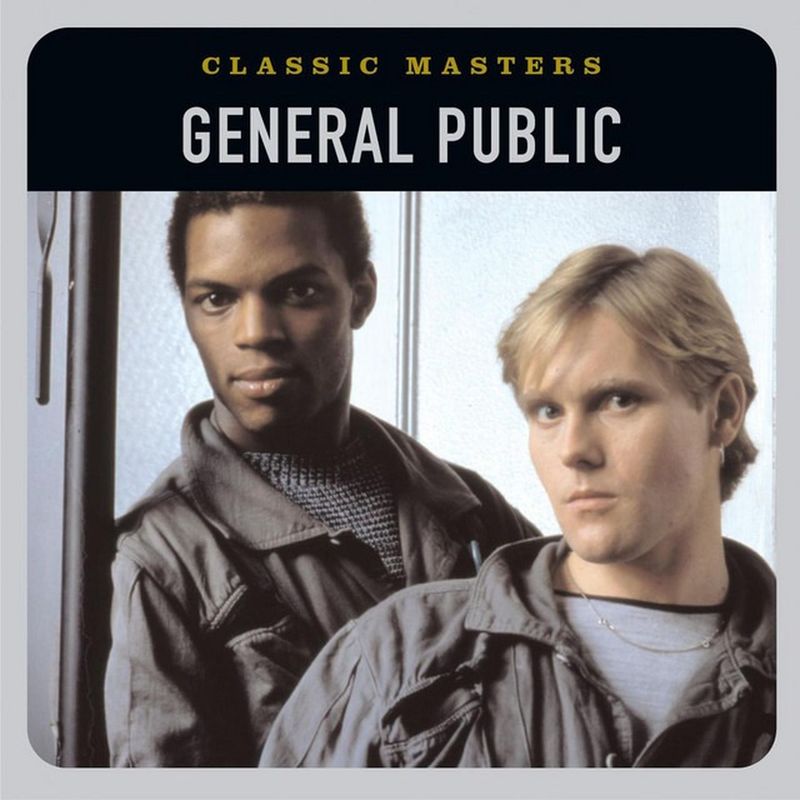
Musical evolution sometimes means sacrificing cult status for accessible emotional truth. When The English Beat dissolved, Dave Wakeling and Ranking Roger formed General Public and created this new wave meditation on vulnerability that reached number 27 on Billboard. The track functions like emotional translation software—converting complex feelings into universally recognizable patterns that connect across demographic boundaries.
The urban-set music video created a visual context for the song’s exploration of emotional rawness amid city life. The track’s lasting cultural footprint expanded when it appeared in the 1995 film “Clueless,” proving great pop songs function like emotional time capsules that can be reopened decades later with full potency. The lyrics’ focus on emotional need challenged masculine stereotypes during a decade often characterized by displays of excess and power.
8. Face to Face – 10-9-8
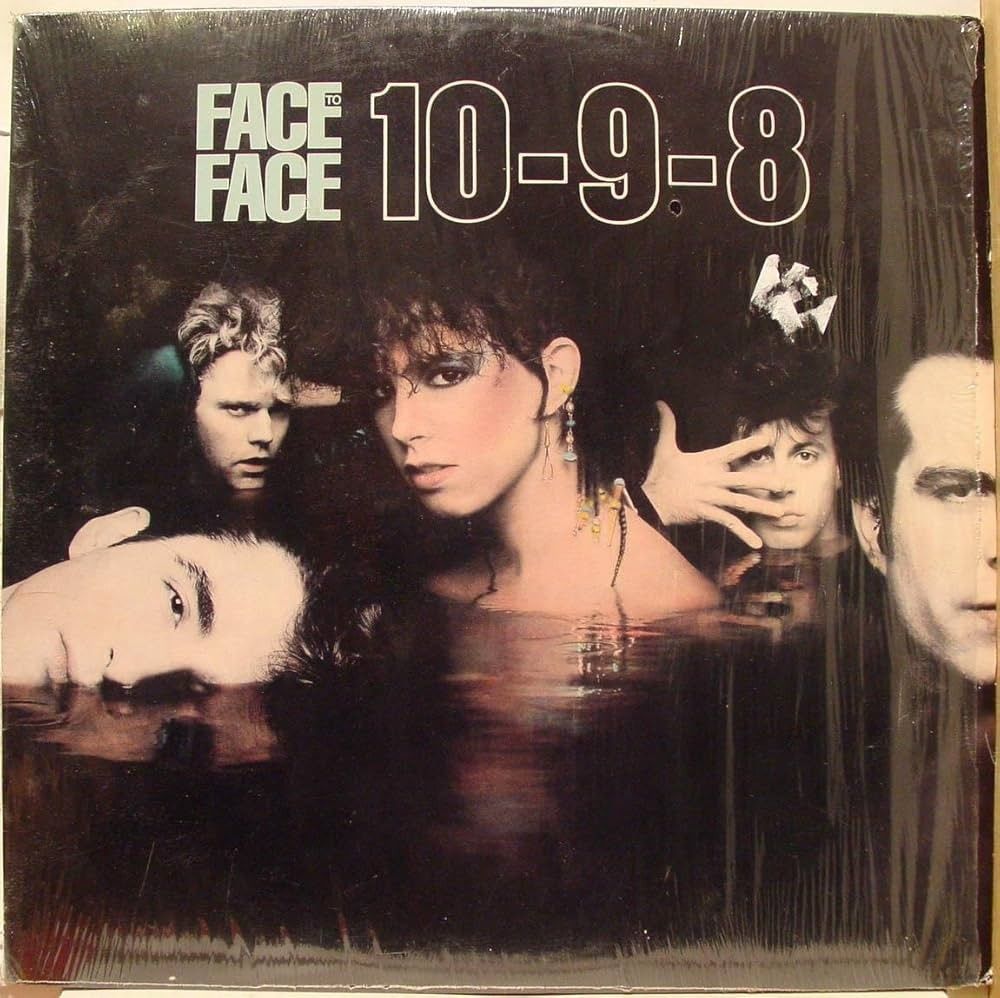
Production visionaries occasionally slip experimental techniques into commercial formats like musical scientists testing theories on unsuspecting subjects. Arthur Baker, fresh from groundbreaking work with New Order and Afrika Bambaataa, helped this Boston band create an unlikely hit that spent 15 weeks on Billboard while peaking at number 38 and reaching number 7 on dance charts.
The song remains a perfect snapshot of 1984’s genre crossover experimentation—electronic techniques applied to rock band formats, creating hybrid vigor. Their inability to replicate this commercial success speaks more to the music industry’s category obsession than any artistic shortcoming. The production techniques pioneered here continue influencing contemporary dance music, showing how commercial one-hit wonders often contain innovation that outlasts their chart presence.
7. Dwight Twilley – Girls
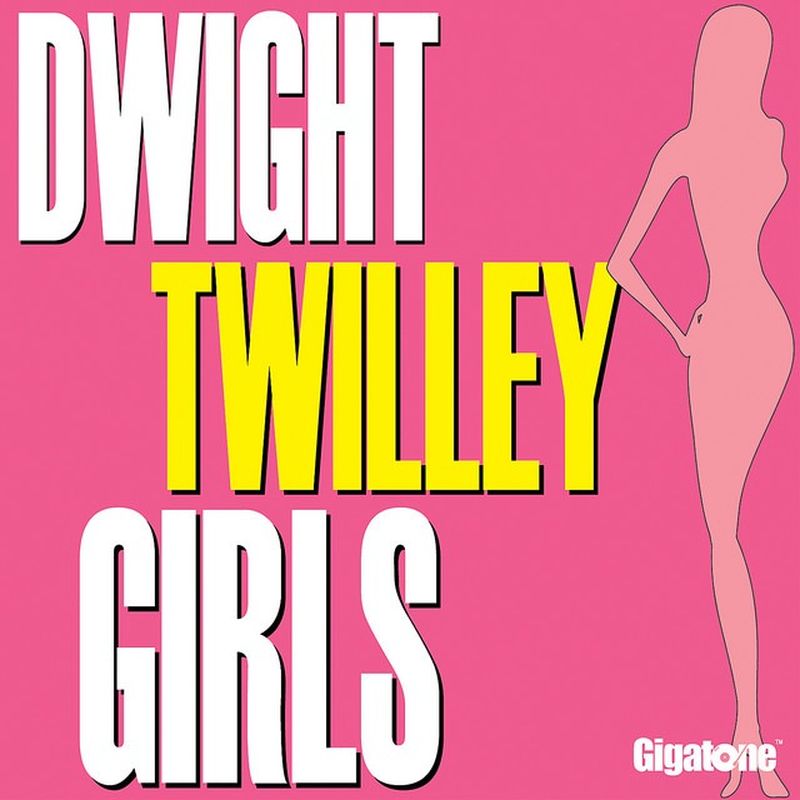
Commercial resurrection sometimes requires perfect timing and powerful friends. Twilley’s comeback single, featuring Tom Petty’s backing vocals, climbed to number 16 on Billboard by channeling power-pop perfection through MTV’s hungry visual pipeline. The track stands as a master class in hook-driven songcraft—deceptively simple on first listen but revealing its structural brilliance with repeated plays.
The song showcases the culmination of years of musical craftsmanship, finally finding its moment in the commercial spotlight. Twilley’s songwriting chops had matured like expensive whiskey—the commercial marketplace just needed time to catch up to his particular flavor profile.
6. Sam Harris – Sugar Don’t Bite
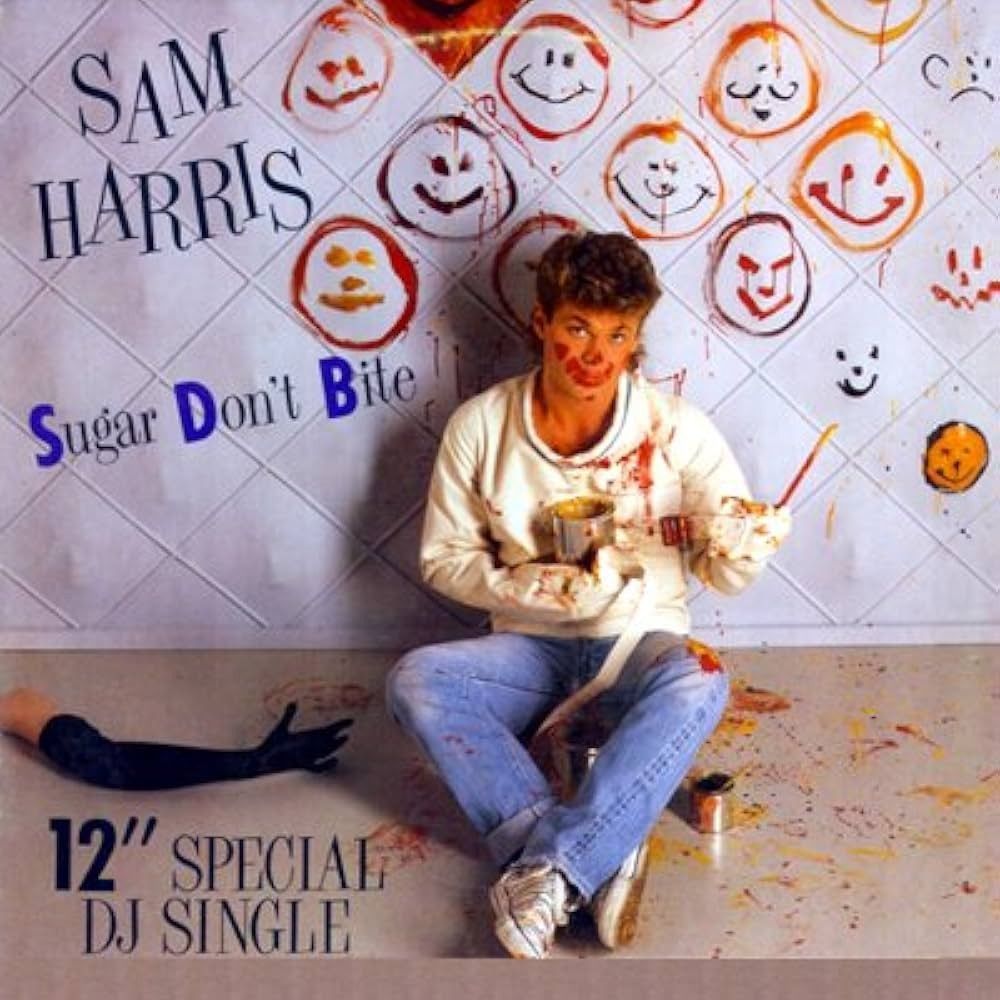
The talent competition blueprint for musical success was established decades before American Idol made it seem innovative. Harris parlayed his Star Search victory into a Motown contract and this energetic debut that reached number 36 on Billboard and number 24 on dance charts. His journey represents the television-to-recording-contract pipeline that would later become standardized industry practice.
The production pairs Harris’s impressive vocal capabilities with dance-friendly instrumentation that feels designed specifically for maximum club impact. His brief chart success illuminates how television exposure provided alternative entry points to music careers beyond traditional gigging and demo tape hustling. While subsequent releases failed to match this commercial performance, Harris captured a perfect convergence of television visibility and dance music ascendance.
5. The Style Council – My Ever-Changing Moods
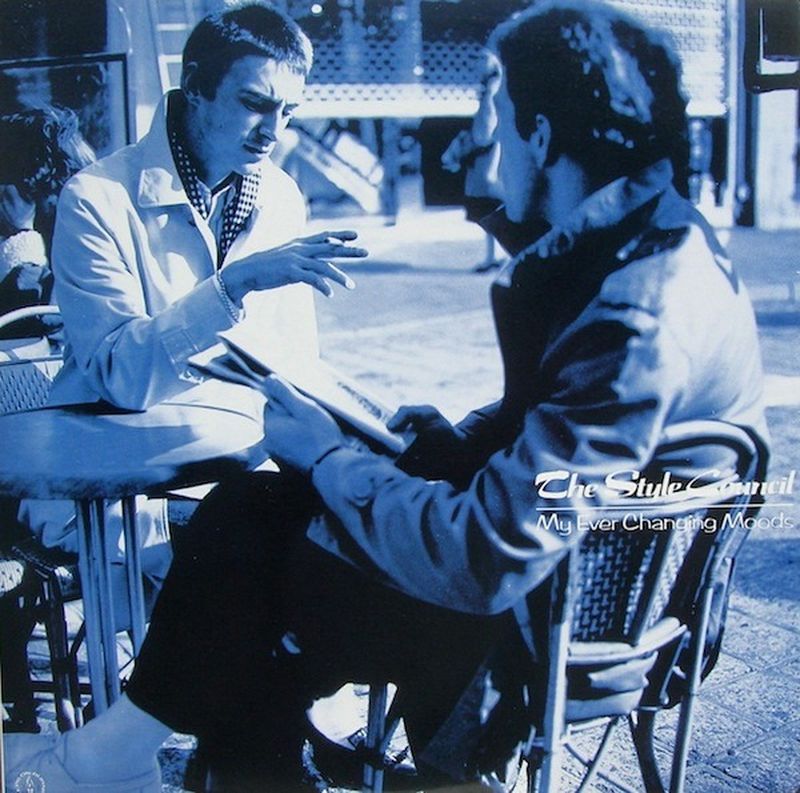
While Madonna played with crucifixes and Cyndi Lauper celebrated girls just wanting fun, Paul Weller smuggled actual political consciousness onto American airwaves like prohibited literature. Reaching number 29 on Billboard, this sophisticated critique of Thatcher-Reagan nuclear brinksmanship disguised itself as a soulful pop song, proving that depth could still infiltrate a decade unfairly dismissed as superficial.
The track functions like musical aikido—using the commercial system’s momentum against itself to land subversive content on mainstream radio. Tim Pope’s music video enhanced this Trojan horse approach by packaging serious themes in visually appealing wrapping paper.
4. Dennis DeYoung – Desert Moon
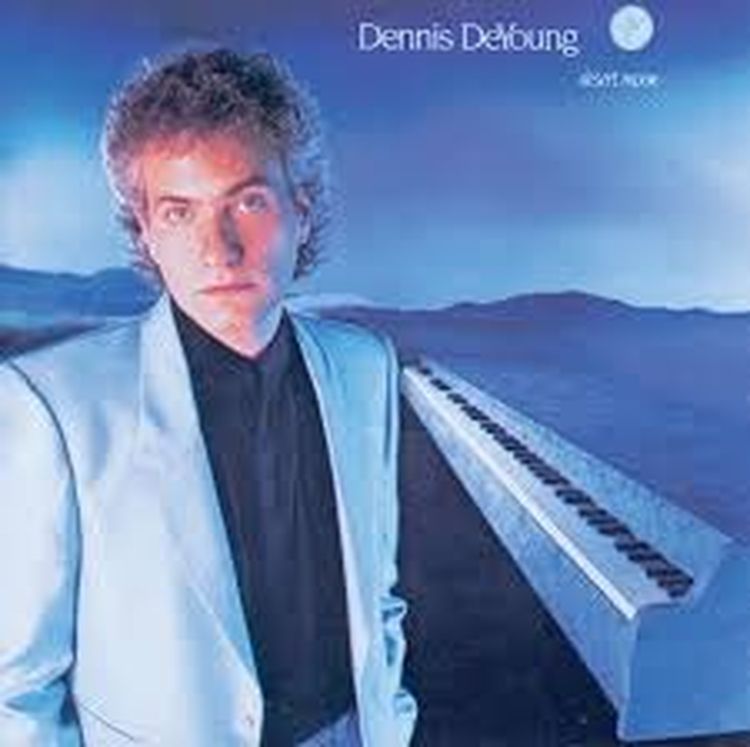
When band dynamics implode, sometimes the shrapnel creates unexpected beauty. DeYoung’s post-Styx ballad drips with the uncomfortable honesty of a man realizing his cultural moment might be ending, reaching number 10 on Billboard while simultaneously turning toxic masculinity inside-out. The former arena rock frontman abandoned bombast for vulnerability, creating a surprising emotional landscape where boomer nostalgia feels authentic rather than manufactured.
The production works like a perfect scene transition in a John Hughes film—soft focus cinematography for the ears. Jack Cole’s music video, filmed in Santa Paula, California, amplified the nostalgia with golden-hour lighting that made memory itself feel like a physical place worth visiting. The song excavates universal feelings of youth slipping away while Reagan’s America tried desperately to repackage the 1950s for mass consumption.
3. Laid Back – White Horse
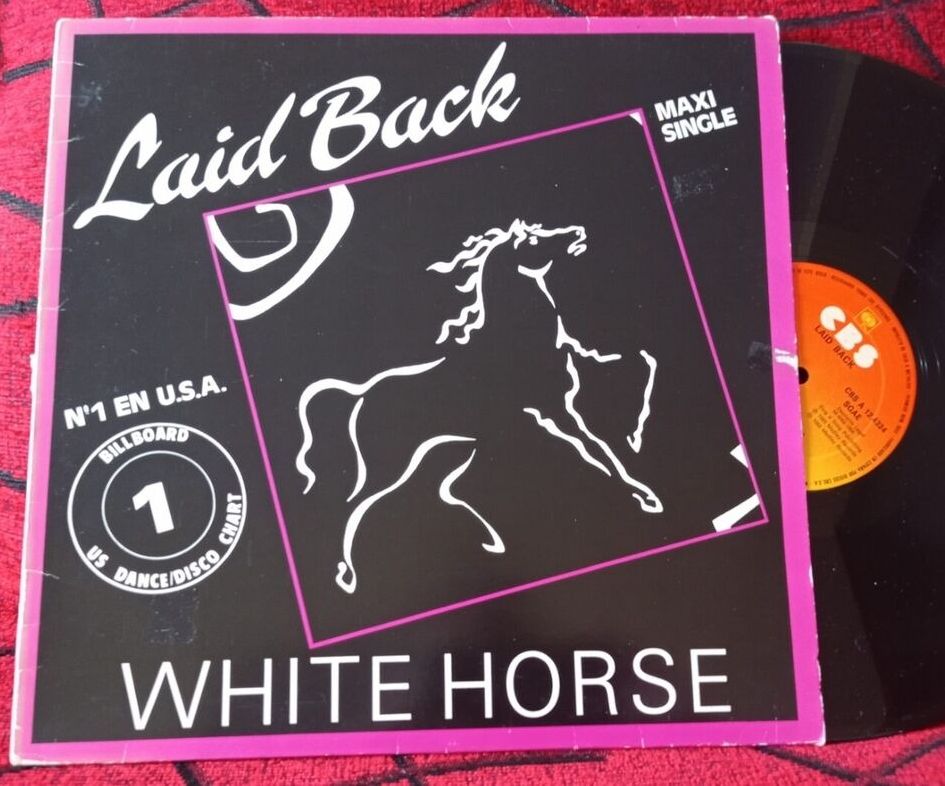
Electronic minimalism rarely infiltrates mainstream consciousness, making this Danish duo’s unexpected breakthrough all the more remarkable. Originally buried as a B-side before clubland excavated its hypnotic potential, Tim Stahl and John Guldberg’s pulsing creation spent three weeks dominating dance charts while reaching number 26 on Billboard and cracking the R&B top five.
The track’s ambiguous lyrics created controversy through coded references that sounded suspiciously drug-adjacent to concerned parents and program directors. The production resembles architectural blueprints for future electronic genres—minimal techno, electroclash, and even aspects of early house music.
2. Reflex – The Politics of Dancing
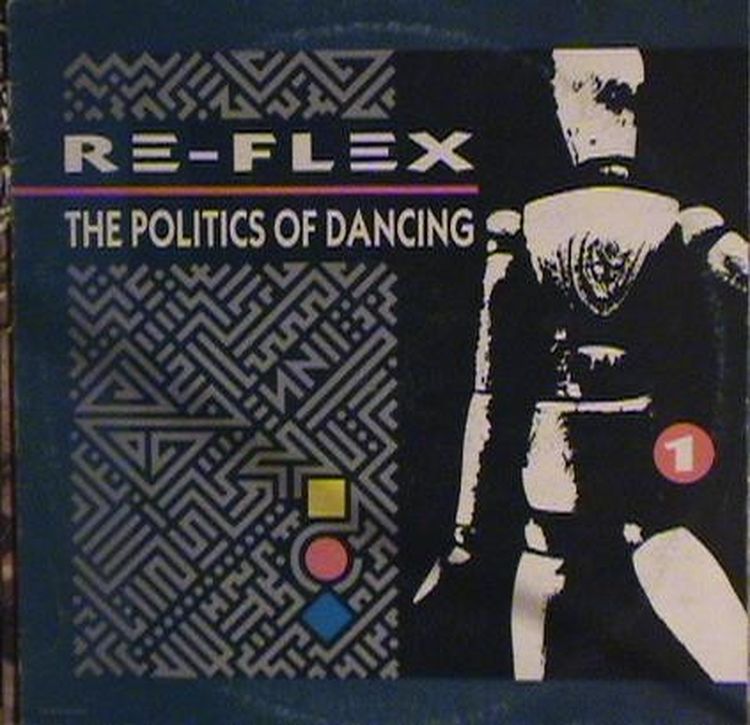
While Bruce Springsteen was singing about being born in the USA, Reflex turned dance floors into functioning democracies where movement created equality. Producer John Punter (fresh from working with art-rock pioneers Roxy Music) helped craft a track that reached number 24 on Billboard by smuggling political theory into nightclubs across America.
The track’s production serves as a perfect musical translation of its message—different electronic elements working in harmony toward collective euphoria. Their inability to reach these commercial heights again actually reinforces the song’s central premise about rare moments of unity. The futuristic music video with its dynamic dance sequences captured the physical embodiment of the song’s philosophy.
1. Van Stephenson – Modern Day Delilah
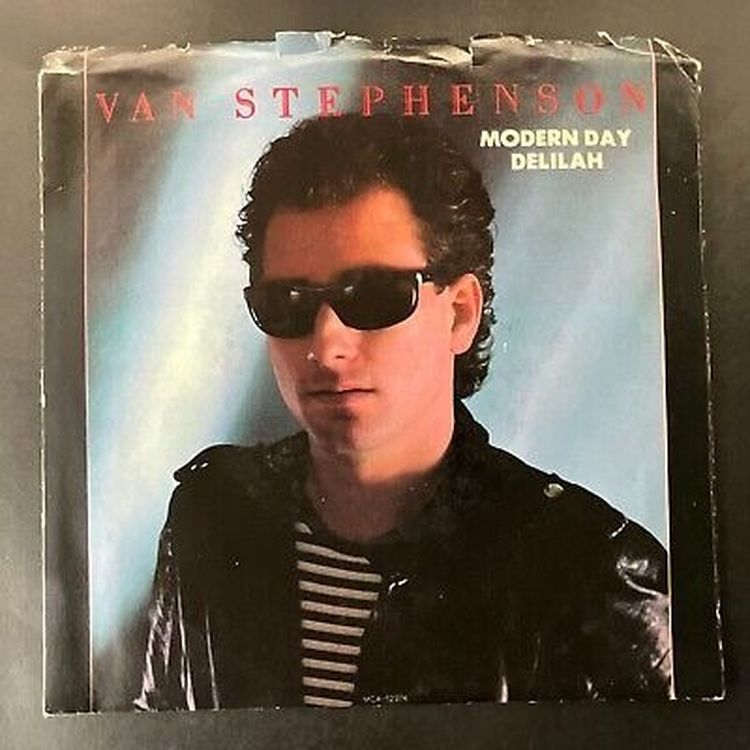
Beneath the glossy production and razor-sharp guitar work lurks a fascinating cultural artifact—a patriarchal biblical narrative rewired for Reagan’s America. Stephenson’s cautionary tale about dangerous female sexuality peaked at number 22 on Billboard while exposing the sweaty fear hiding beneath macho rock posturing.
The production shimmers with technical precision while the lyrics fumble through gender politics like a teenager attempting their first bra removal. Stephenson’s considerable vocal talent elevates material that might otherwise collapse under its dated premise. Though his solo career fizzled, the songwriting craft remained sharp enough to eventually carve out significant success in country music.




